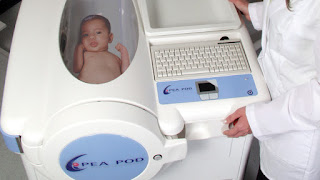 |
| Tesla Medtronic partnership |
Ramping up Production
In response to COVID-19 Pandemic ventilator producing medical companies have been ramping up production to be able to adjust to the spike in ventilator demand. Medtronic has already announced that it will be increasing production by working 24/7 producing ventilators.
Medtronic Partnering With Tesla
In addition, Medtronic has partnered with Tesla motors to producing its top of the line Puritan-Bennett 980 ventilator. Also, they have published a series of training videos on using the ventilator and adjusting its settings.
Medtronic CEO Omar Ishrak has announced that they are open to other partnerships with other manufacturers to produce ventilators. Another announcement was that they will be open-sourcing one of their lower end ventilators to anyone who is able to produce them.
At the time we were little skeptical of the move. As usually, medical companies are very preservative about their intellectual properties. However, we didn't know which ventilator that is going to be open-source. We speculated that it will be the Puritan-Bennett 760 version, however today we had it all cleared out for us!
Medtronic Open-Sourcing PB 560
Medtronic has announced that the ventilator is the Puritan-Bennett 560. As mentioned many times earlier, medical companies are protective of their intellectual properties. Medtronic is asking the would-to-be manufacturer to label produced devices with a warning. That warning sign would be that the produced devices were manufactured in response to the COVID-19 pandemic. Also, the regulatory approvals of the makeshift designs are not Medtronics responsibility.
According to the Medtronic website: "PB 560 product and service manuals, design requirement documents, manufacturing documents, and schematics are now available at Medtronic.com/openventilator. The PB 560 design specifications are available today, software code and other information will follow shortly."
We will be looking forward to the entire open-sourcing to be done. The service and operator manuals are now available. We get Medtronic's point of view of still wanting to protect their intellectual properties. And we respect Medtronic for stepping up and taking such an initiative. And we are looking forward to having other leading medical companies to open-source one of their low-end ventilators.
 |
| PB560 Light and Small Sized Ventilator |
Snap information about the Puritan-Bennett 560
It was on the market for 10 years now and was distributed over 35 countries. Most importantly it is fitting for both Adults and Children. It is possible to use it at home in addition to having it in hospitals. We would like Medtronic to issue a series of training videos for the Puritan-Bennett 560 just like they did for the Puritan-Bennett 980.
The Puritan-Bennett 560 is a low-end ventilator, as you might have noticed from the picture, is for patients who do not need critical care. The PB 560 is a small device with limited ventilation and patient breathing assistance capabilities. On the other hand, a high volume of COVID-19 patients needs just that. Only those who develop severe symptoms need critical care and require a much more advanced ventilator like the PB 980.
What do you think of the Medtronic move to open source one of their ventilators? Have you ever worked on such a device? please comment on your thought below!










